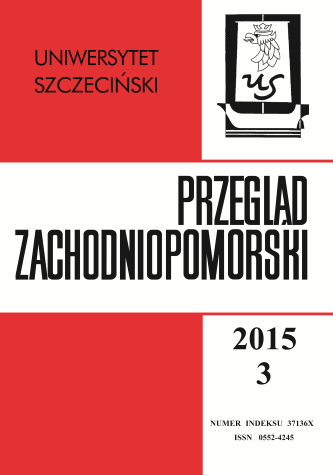Otakar Vávra i kino Protektoratu Czech i Moraw
Otakar Vávra and the Cinema of the Protectorate of Bohemia and Moravia
Author(s): Mariusz GuzekSubject(s): Social Sciences, Fine Arts / Performing Arts, Film / Cinema / Cinematography
Published by: Wydawnictwo Naukowe Uniwersytetu Szczecińskiego
Summary/Abstract: Otakar Vávra is one of the most interesting directors of the European cinema, and not only because of his perennial professional activity that lasted over 80 ears. His formula for creativity consisted in adapting the native literature, in using films to artistically comment on the world, in treating the cinema as a segment of the whole culture, and not as its exclusive centre. The director’s project had to include the 20th-century politics, which tossed Czechoslovakia back and forth from democracy to totalitarianism. After the Munich Agreement or Munich Diktat (September, 1938) Czechoslovakia broke up and what was left was transformed into the Protectorate of Bohemia and Moravia and the Slovak Republic. The Czech cinematography became then a kind of chessboard, a confrontation area for various film directors’ and producers’ ambitions, for directives of the Protector’s Office (Reichsprotektor), for the expectations of the Czechs who collaborated with the Germans, for the courage and meanness of different people. Such were the circumstances under which Otakar Vávra made 12 films; and he was in touch both with conspiring professionals who were building the foundations for the future post-war cinematography (Vladislav Vančura) and with collaborating Barandov dictators (Miloš Havel). In his films appeared German dignitaries’ favourites (Lída Baarová, Adina Mandlová) and victims of the Nazi terror (Anna Letenská). Vávra’s films made during the Protectorate (and all of them have survived) and watched now may be interpreted in numerous ways; one of them is the biographical perspective.
Journal: Przegląd Zachodniopomorski
- Issue Year: 30/2015
- Issue No: 03
- Page Range: 145-163
- Page Count: 19
- Language: Polish

